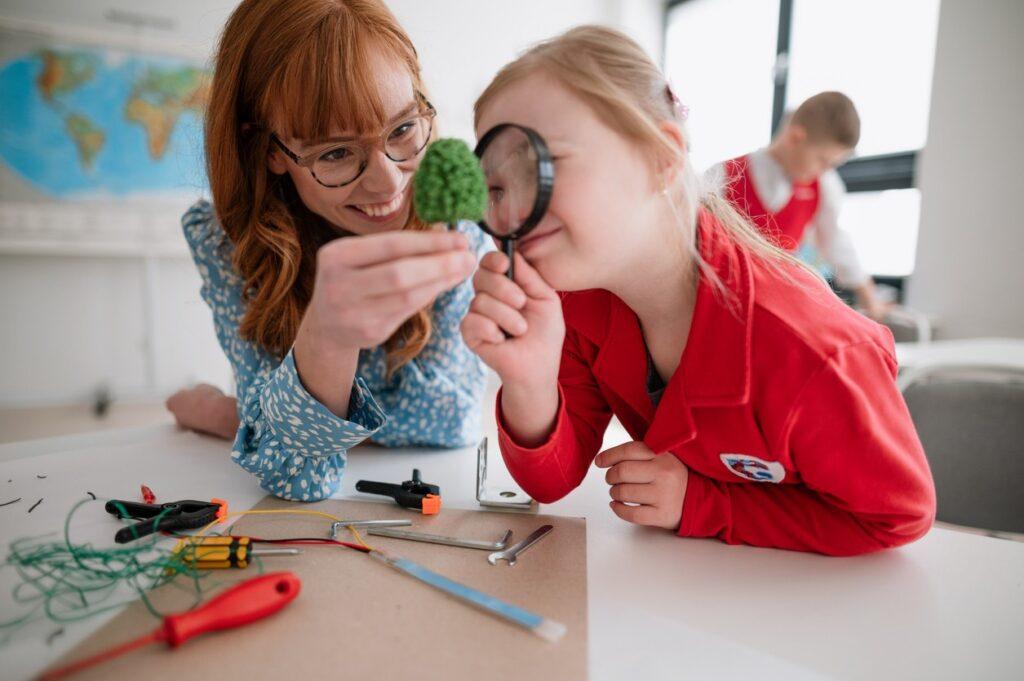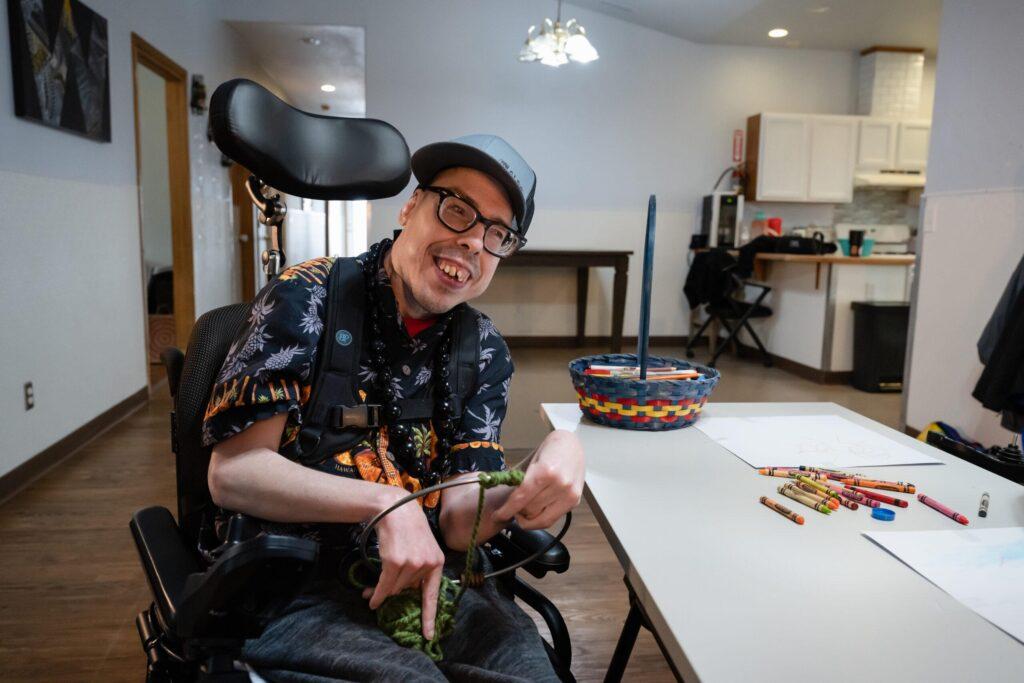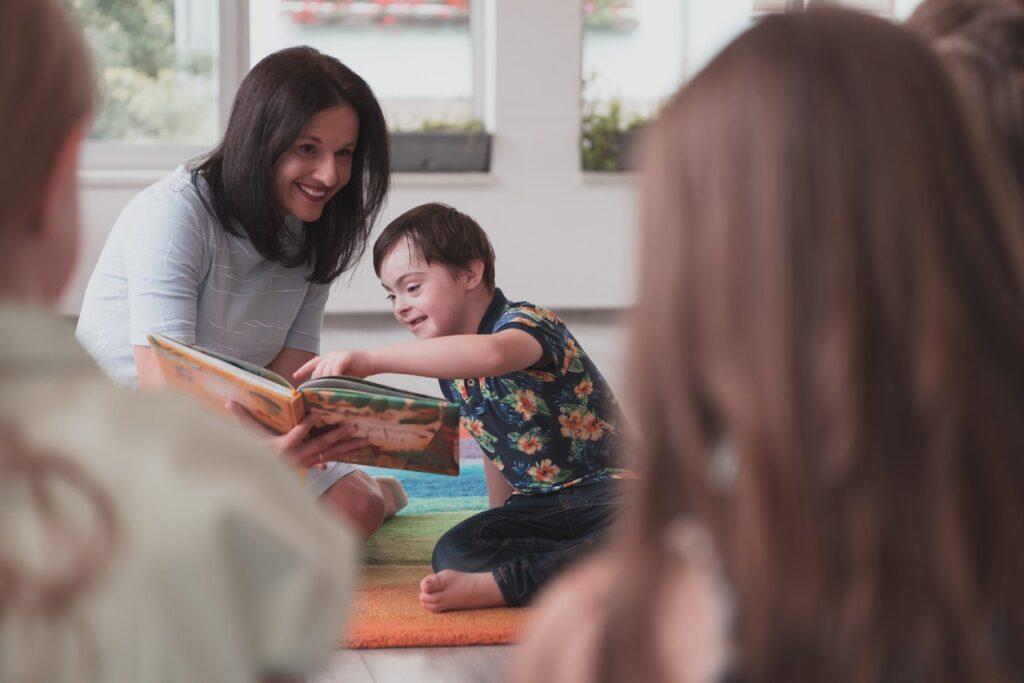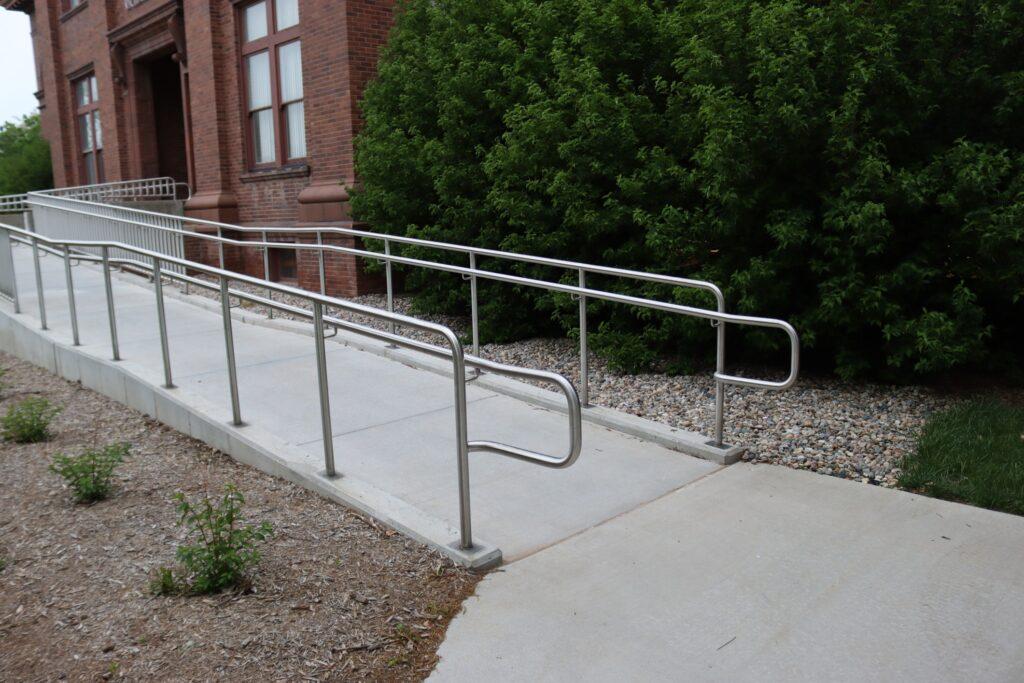Explore the ALSO Children’s Homes Wishlist and help fill the season with joy for the children supported by ALSO.
Explore the ALSO Children’s Homes Wishlist and help fill the season with joy for the children supported by ALSO.

“Normalizing disability begins in school.”
-Joseph Schneiderwind, writer and disability advocate1
A particularly poignant quote as we think about going back to school after a long summer break. For students living with disabilities, a successful return to school can be a bit more complicated, but never impossible! The right preparations and an excellent support system will make all the difference. The result? Students with disabilities will have the same opportunities as students without disabilities to:
ALSO is a non-profit provider for people with intellectual and developmental disabilities, operating in 9 counties throughout Oregon. We know that equal access to a good education is absolutely necessary for living and working independently, and for the achievement of life goals. Our Direct Support Professionals (DSPs) are here to help out with all back-to-school transitions and challenges that you or your loved one might have.

Most of us have childhood memories of excitement (combined with hesitation and anxiety) about starting a new school year after a relaxing and carefree summer break. Even the most confident of us were nervous about the clothes we wore on that first day. We were worried about what other kids would think of us, or if we would get lost going to the bathroom. We all had our own unique challenges!
If you layer on top of that challenges such as:
…well, your anxiety and fears about returning to school would quadruple in no time. This would interfere in your ability to be included in the school community. On top of that, learning would be all the more difficult.
So, in answering the question, “What does it mean for students with disabilities to successfully navigate back to school?” It would mean that students feel:

Thanks to the Americans with Disabilities Act (ADA)2 and the Individuals with Disabilities Education Act (IDEA)3, which are civil rights laws, learning and academic success is well within reach for students with disabilities. These and other federal laws lay a strong foundation for helping all students with disabilities get the education that they deserve.
Continued advocacy, research, and innovation have helped us to continue the journey of equitable access for students with disabilities. If you have a disability, or know someone who does, the team at ALSO has several overall tips to share with you. We also have many suggestions for those with specific types of disabilities and conditions.
Under IDEA, assistive technology4 is defined in general as “any item, piece of equipment, or product system, …that is used to increase, maintain, or improve functional capabilities of a child with a disability.”(paragraph 1)
Innovations in assistive technology have opened countless doors for students with disabilities. Direct support professionals (DSPs) at ALSO have extensive training in helping children with disabilities get back to school with the equipment they need for academic success. Here are some examples of both high-tech and low-tech assistive technology for students:
Additional Information: Benefits of Assistive Technology for Students with Disabilities
The IEP is a written document that records the goals and objectives of the eligible student with disabilities. A child’s IEP isn’t a ‘cookie cutter’ report. It must be person-centered, because each child’s needs are unique.
The IEP represents a commitment of the school district and related service providers who work with the student—that they will honor their wishes and work diligently to achieve goals and objectives using specifically described interventions.
The IEP team consists of a variety of individuals. First and foremost, the student must be included. The child’s teachers are usually highly involved in this important education plan. Other team members may include:
A child’s IEP can be quite lengthy and complex. For this reason, many families of children with disabilities recommend all IEP materials be organized in binders5 that families can refer to throughout the school year. This type of organization helps particularly when families need to dive into back to school tasks for their children with disabilities.
Additional Information: Supporting Students with Disabilities with Individualized Education Plans
In school settings, the term reasonable modifications is used to describe adjustments in policies, procedures, or practices necessary to avoid discrimination of students with disabilities. (This is sometimes used interchangeably with the term reasonable accommodation, which is more common in employment settings.)
There are several examples of reasonable modifications that students, families, and teachers can explore to meet the child’s educational needs and goals. A couple of examples are allowing additional time to take tests or arranging for additional instruction from paraprofessionals.
Whether you’re a student with a disability, or a part of that person’s support system, there are several specific things you can do to make requests for reasonable accommodations and modifications productive, including:
Finally, it’s important to remember that requesting a modification is an interactive process. A teacher or principal may have had previous experience with a child’s disability, and therefore offer excellent solutions that work well for all parties concerned.

Although the same disability will affect different individuals in different ways, there are some similarities. Check out these strategies to consider for specific types of disabilities.
It’s fortunate that most schools nowadays are well-equipped with ramps, elevators, stair railings, and grab bars when needed. It might be a different story, however, when children go on field trips. It’s always a good idea to call the school and to ensure that accommodations are made for students with physical disabilities.
Often, people assume that someone with a physical disability also has a cognitive or intellectual disability. This is definitely not the case! As a disability advocate or self-advocate, you have the right to respectfully correct others on these facts (especially a child’s teacher).
According to the American Psychiatric Association,6 an intellectual disability affects:
Preparation ahead of time for the beginning of the school year is helpful for anyone, but particularly for kids with intellectual disabilities. Planning ahead helps kids learn what to expect and diffuse anxiety. Try these strategies:
There are several types of learning disabilities7 including and not limited to:
Just like with physical disabilities, if an individual has been diagnosed with a learning disability, it’s often assumed that they also have an intellectual disability. To the contrary, those with learning disabilities can be highly intelligent!
Our best tip for kids with learning disabilities is to educate others just as much on what these kids can do as well as about their challenges. These types of disabilities can be difficult to explain, so enlist the help of occupational or speech therapy professionals to clarify these students’ educational program needs.
Children with developmental disabilities are at a higher risk for visual impairments.8 Because these kids also have other disabilities, visual issues may get overlooked. But when it comes to educational needs, visual skills are extremely important. Fortunately, there are multiple ways to compensate for visual problems of varying degrees from screen readers to audiobooks. New innovations helping people with low vision are being developed and refined at a rapid pace. For these kids, we have two main suggestions:
Transitioning back to the school routine can be very stressful for kids with ASD and their families. This is why it’s important to, even during holiday and summer breaks, maintain as much structure as is feasible.9 Try to start establishing a new daily structure well before the start of the new school year.
Be sensitive to what makes your child feel safe and calm, and what might cause anxiety. If possible, try to schedule play dates with future classmates, so your child can get extra practice with appropriate social interactions.
In many cases, children with disabilities are also living with other ongoing illnesses. For example, kids with Down’s Syndrome may also have to contend with heart issues10 and obesity. A physical examination in preparation for going back to school would be very helpful for family members and children. It would provide the opportunity to review good habits such as proper nutrition, the importance of exercise, and taking medications.
At ALSO, we’ve supported people with intellectual and developmental disabilities at various stages of their educational journey, including transition services to secondary school, and even college. So, we have the experience and passion to help get them back to school. Furthermore, we have extensive knowledge of the IEP process, disability advocacy, and reasonable modifications in the school setting.
We believe that equal access to high quality education services is a necessary element on the path towards complete inclusion, which aligns with our vision:
“A future in which all people, including those living with developmental and other disabilities are fully included, participating members of their communities.”

Sign up for our newsletter to get our latest news, content, and job opportunities.
Help us ensure that everyone has the same opportunities in their home, workplace and community. Let’s make dreams!
